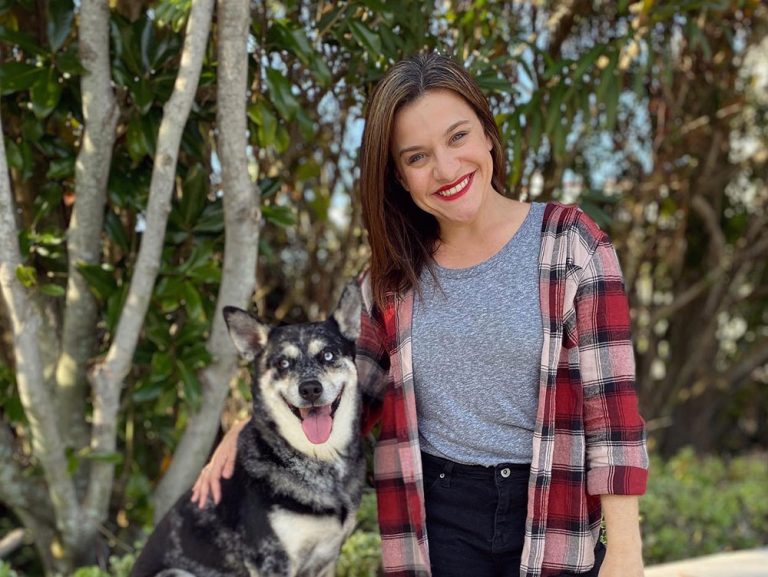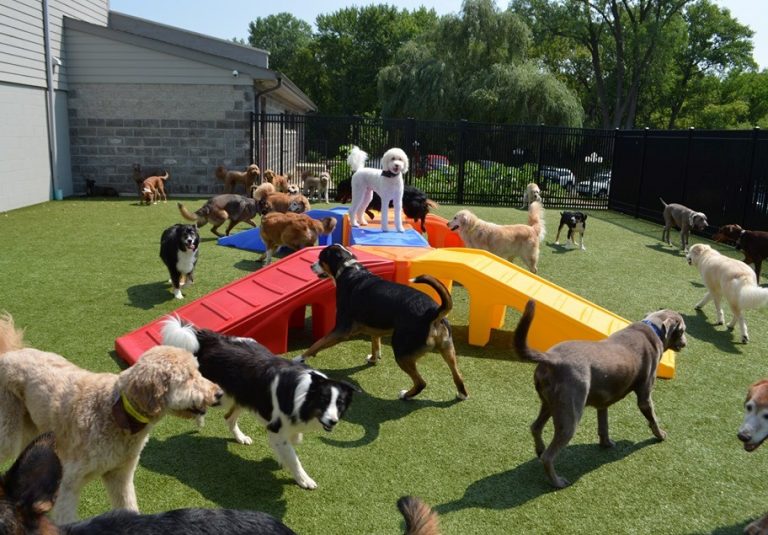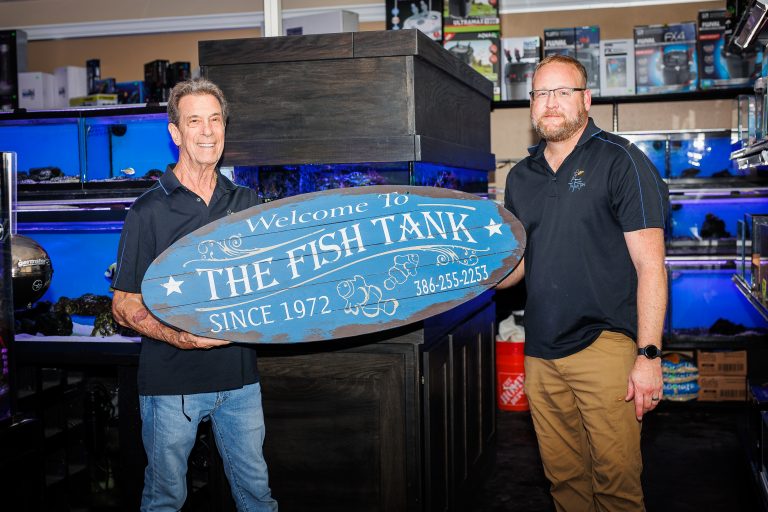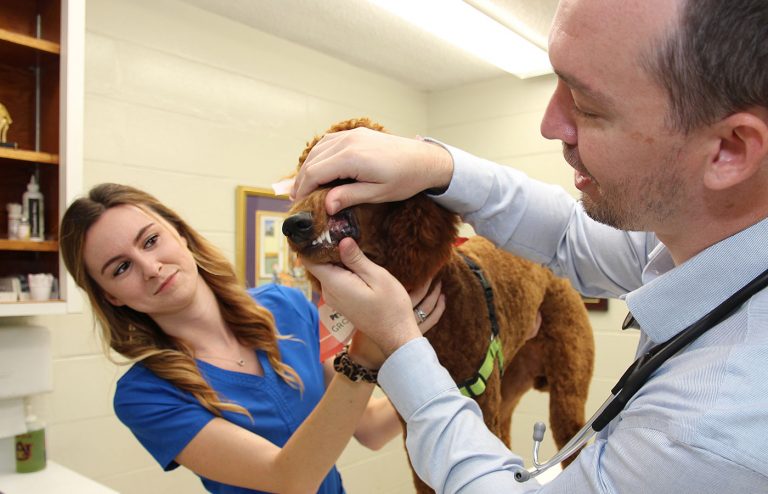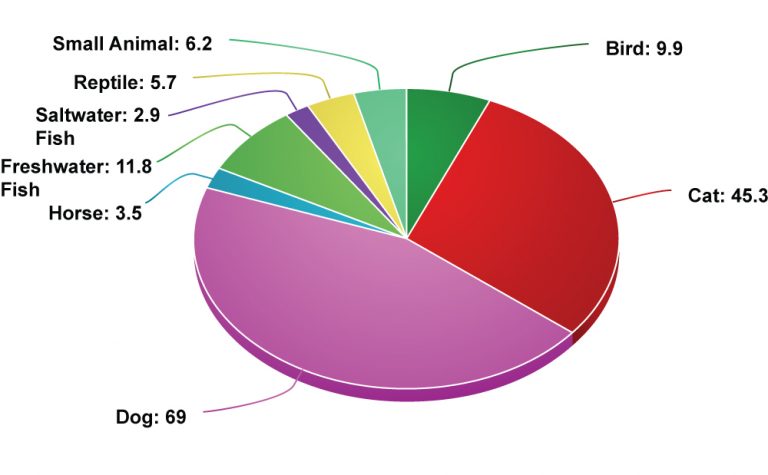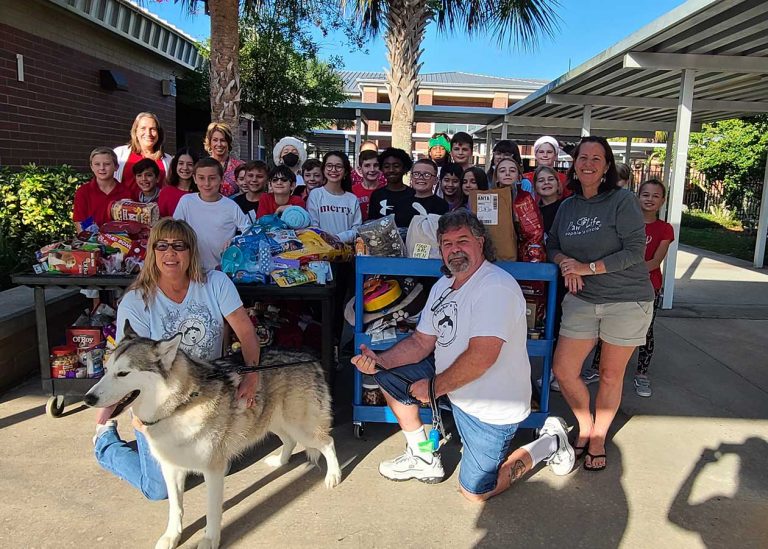Attentive Care Provides Comfort at the End of a Pet’s Journey
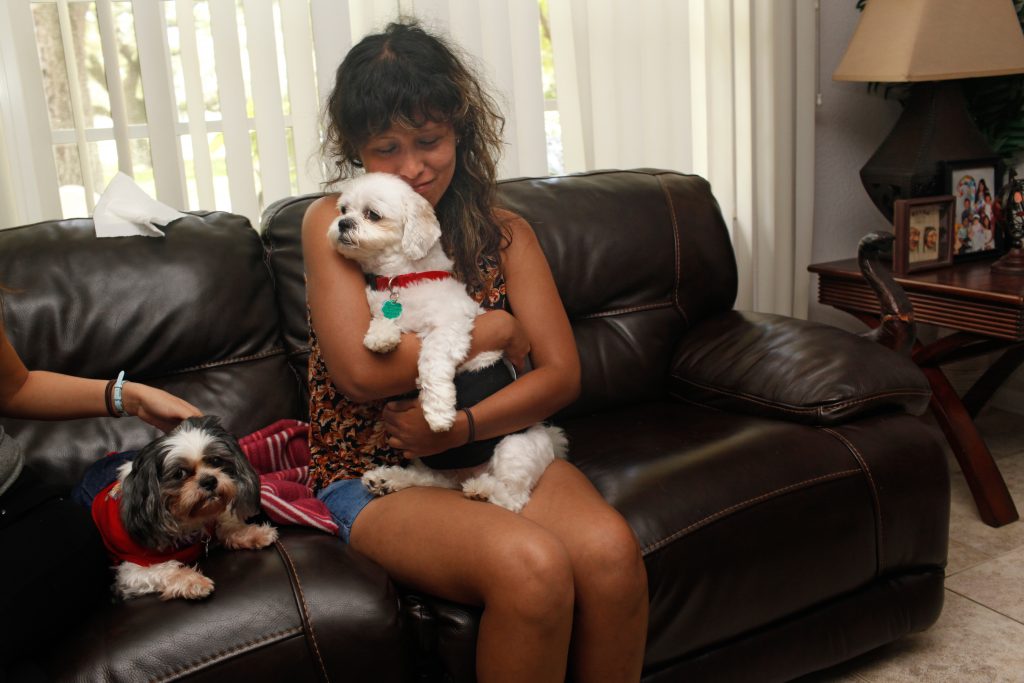
Many agree that the recent pandemic helped refocus our hearts and minds on who and what matters most to us. As many people experienced tremendous isolation, loss or both, it is not surprising that pet ownership, and the use of pet care services, increased during the pandemic. Perhaps less noticeable has been the rise of end-of-life services for pets. Known as Pet Aftercare Services, this niche segment ($9 billion annual growth) of the $25 billion pet services market is still young and is expected to continue maturing through the next decade.
While the number of pet owners considering end-of-life care for their beloved animals is unknown, the rapid expansion of pet insurance offerings is a growth indicator. According to the North American Pet Health Association’s (NAPHIA’s) 2022 State of the Industry Report, more than 4.41 million pets were insured in North America in 2021, up from 3.45 million in 2020. And this trend is expected to continue. The US Pet Insurance Market size was valued at USD 1.22 Billion in 2020 and is projected to reach USD 2.85 Billion by 2028, according to Verified Market Research.
Pet insurance can assist with end-of-life costs and soften the pain of grieving. The type and scope of coverage vary. When considering insurance, experts suggest comparing policies on the following points.
- Does coverage provide for pre-existing conditions as defined for pets?
- Will the policy pay the pet parent or the care provider directly?
- How much out-of-pocket funds will the pet parent have to spend first, and how are claims handled?
- How are different animal species and sizes covered? This is especially important to exotic and large pet owners, as pricing varies widely.
- Do insurance and aftercare providers take seriously the dignity pet owners want in their bereavement?

This last consideration is crucial, says Dr. Kimberly Beck-Frate, LMHC, a licensed grief and bereavement counselor of 29 years with Halifax Health Hospice Services. Appreciation for the impact the loss of a pet has on the owner has prompted the phrase “disenfranchised grief,” says Dr. Beck-Frate. This refers to the waning perception that a pet’s death is inherently less impactful on people’s emotional state than the loss of a close human loved one. “It is not unusual to find among the many sad losses to suicide, accidents, drug overdoses and homicides that people are also grieving the loss of a beloved pet in the mix,” Dr. Beck-Frate added. She leads Halifax Health’s post-COVID return to regular meetings of Tender Paws, pet loss group counseling sessions offered in partnership with other community groups like Sophie’s Choice Rainbow Bridge.
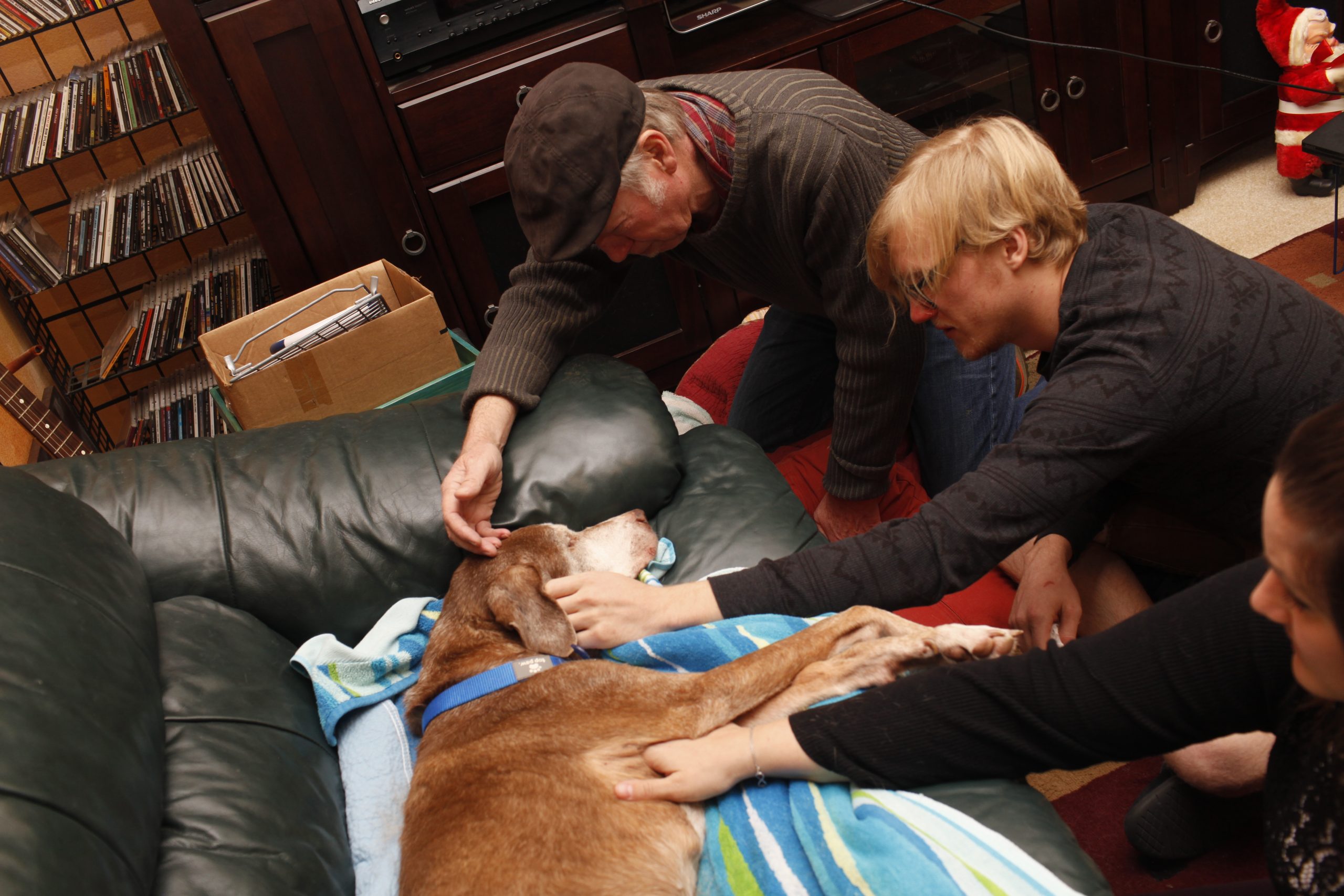
Most end-of-life services are led by veterinarians who have their own networks for ancillary services. These generally revolve around a trio of core services: at-home hospice, euthanasia and final disposition of the pet’s remains. Extending from these are supportive counseling and grief-sharing communities for pet owners, special remembrances (e.g., web pages), memorials (urns, boxes, plaques, grave markers) and keepsakes that enable owners to lay their pets and their own pain to rest. Dr. Ericka Mendez of Lap of Love Veterinary Hospice & In-Home Euthanasia serves the greater Daytona Beach area. Lap of Love has a growing network of over 520 vets in more than 35 states across the US. “Because pets are family…we help them leave this earthly existence the way they want to—in the comfort of their homes, in the warm embrace of their favorite people,” proclaims the Lap of Love website. Dr. Mendez stated, “newer generations of pet parents often don’t have children or don’t plan to have them, so their pets are like children to them.” End-of-life pet services are gently migrating from the clinic to the pet parent’s home environment, providing a more personal, intimate and less stressful experience in a non-clinical environment. Expressing how this mode of pet care has changed her practice, Dr. Mendez, a 20-year veterinarian who joined the Lap of Love network in 2022, said, “This level of service isn’t for pet owners who think of their pet as ‘just an animal,’ but as a friend or family member deserving tender care in their final hours, and they’re willing to pay for it.” These services are not cheap, and as such, clients have the means to drive this growing demand. While these clients may represent a small percentage of a vet’s practice, rendering these services can bring special fulfillment, knowing they’ve helped every pet family achieve their specific goals during a critical life event.

To prospective service providers, Dr. Mendez offers the following advice, “You really need to be deeply compassionate about helping animals and the people who care for them during one of the worst moments of their lives.” Beck-Frate adds, “If you do this, do so with an open-hearted willingness to do the right thing by people. Major in compassion in addition to what business economics demand. This kind of support to grieving families sets the Daytona Beach community apart.” In exchange for all the proven benefits pets provide their human friends, it isn’t surprising they are being honored with one final good turn.


